Visiting Northern Argentina on Horseback
By: Pablo Imberti Posted: 18/10/2019
Ampascachi only offers horse riding holidays in Argentina.
Horse culture is part of Argentina’s traditions.
Exploring this country on horseback is an unforgettable experience.
The beauty of horseback tour in the north of Argentina
Travelling around the north of Argentina on horseback offers you some wonderful options.
On horseback, you will go through the awesome landscapes of the Lerma Valley, the Calchaqui Valleys and the colourful ravine of Quebrada de Humahuaca.
You will discover ancient villages with a rich culture and history such as Cachi, Amblayo, Purmamarca and Tilcara.
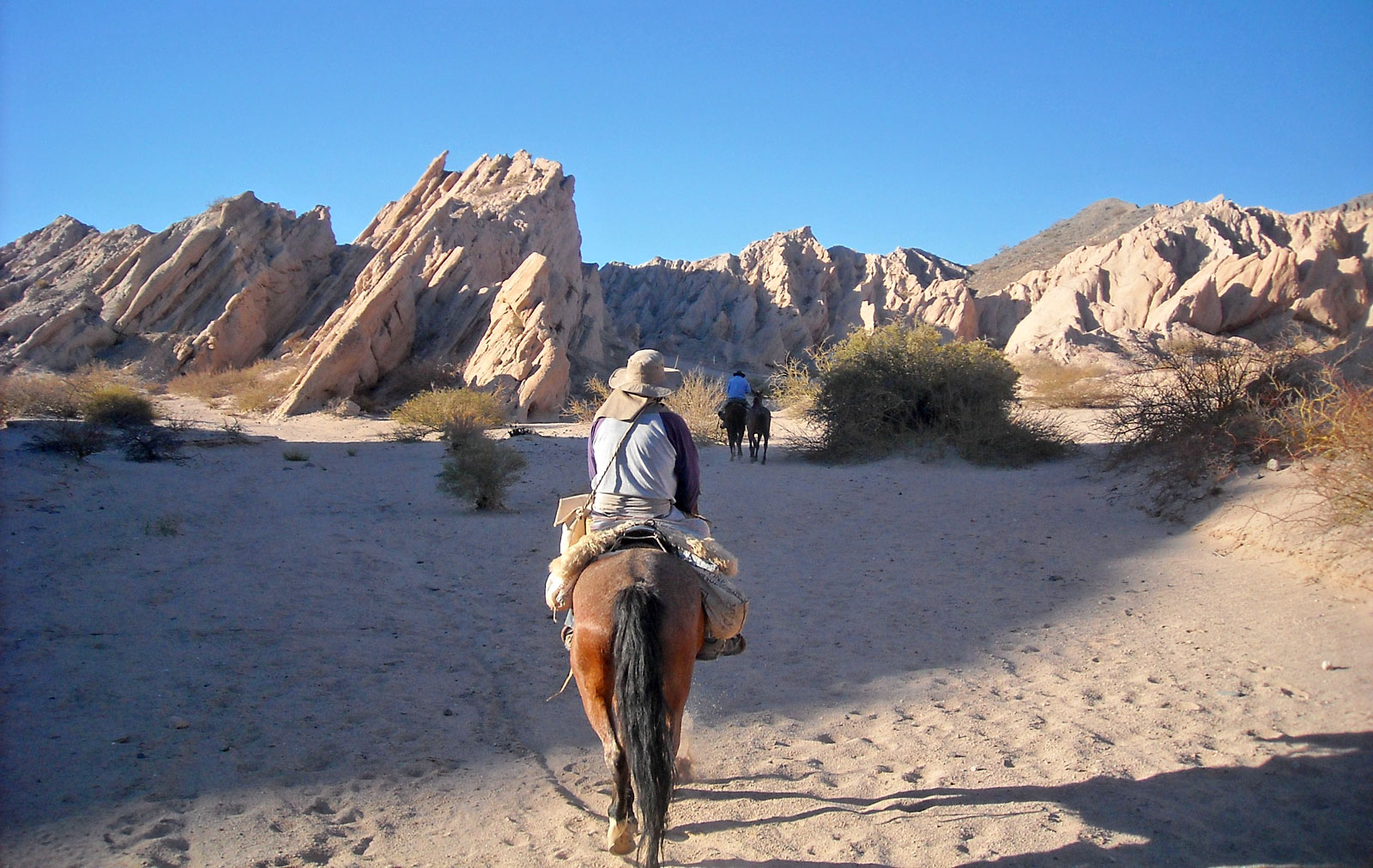
Argentina offers varied, unique landscapes throughout its territory to visit on horseback, but the northern region is something special: ranging from the arid and impressive landscape of the mountains in Quebrada de Humahuaca in the province of Jujuy, with its surprising immensity, to picturesque valleys, like the ones in the province of Salta.
The Lerma Valley
The Lerma Valley for example, which is also called Salta Valley, has a surprising vastness and richness. Thanks to its humid mild climate, when you go through its landscapes you will enjoy the priceless colours of bean, tobacco, corn and soy crops that can be found here. Besides, it gives us the delightful sights of some of its many rivers, among which we can mention the Arenales River and the Toro River, or the Cabra Corral Dam, to the south east of the valley, which is the second largest artificial lake of the country.

The Calchaqui Valleys
On the other hand, the Calchaqui Valley, also called “The Calchaqui Valleys”, an area of more than 500 km, features impressive mountain ranges that surround a wine-making region with unique vines, and at the same time, it gives us the opportunity of discovering the one-of-a-kind nature of the region in its pure state. As examples of this – the different ravines, where we can contemplate the incredible shapes of the rocks.
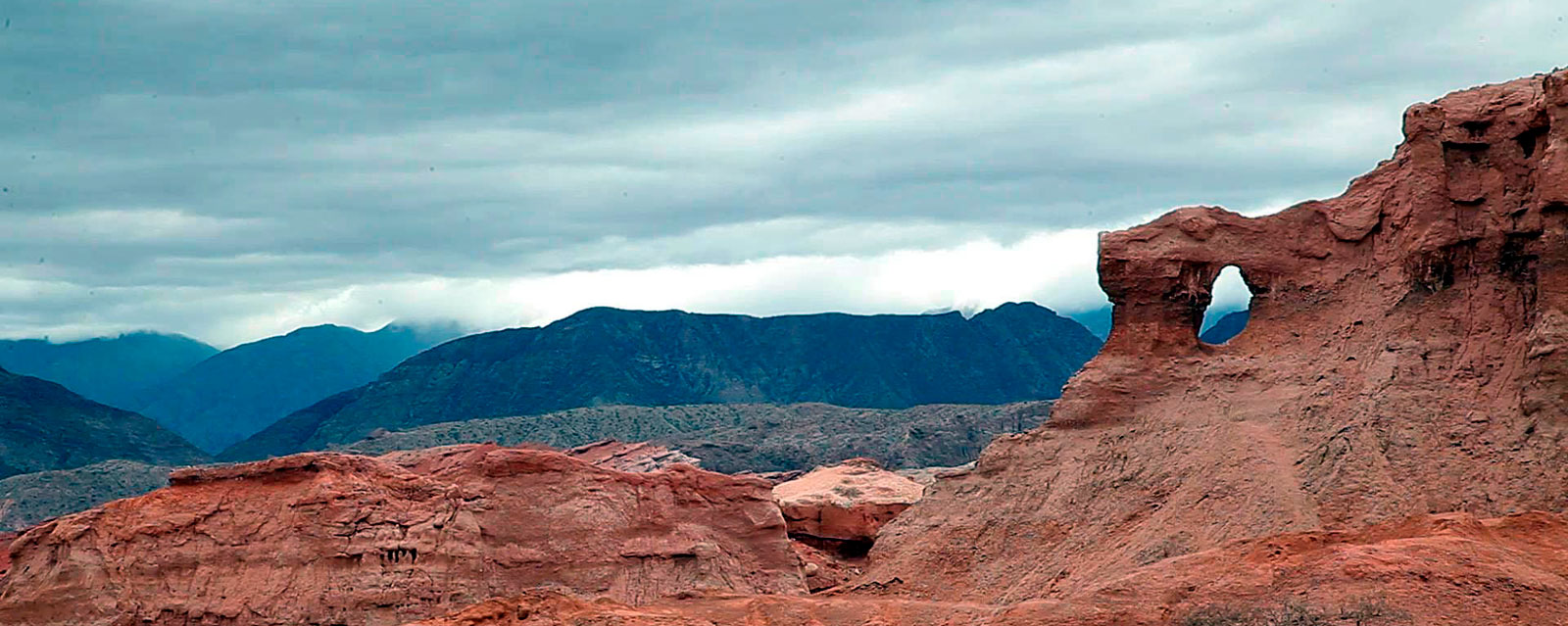
Angastaco
Angastaco, which is in the centre of these valleys, shows us how whimsical and colourful some mountains can be. In this little village, located in the hills, it is amazing to see the contrast between the vivid green colour of the crops and the sandy ground. In the surroundings, we will come across some moon-like landscapes.
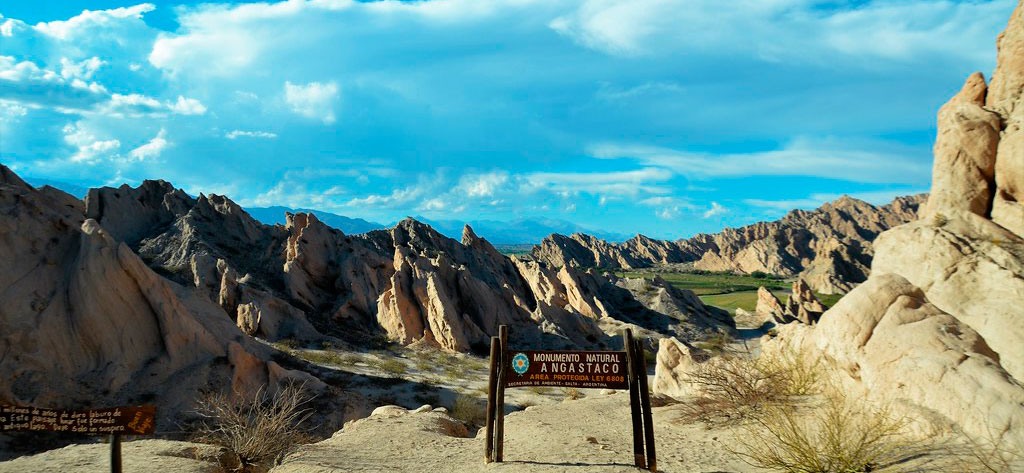
La Viñita
Speaking about contrasting colours, we mustn’t forget about La Viñita, a place where vegetation seems to have disappeared. But, that will change completely when, all of a sudden, as you ride your horse, you immerse yourself in the spectacular vineyards.
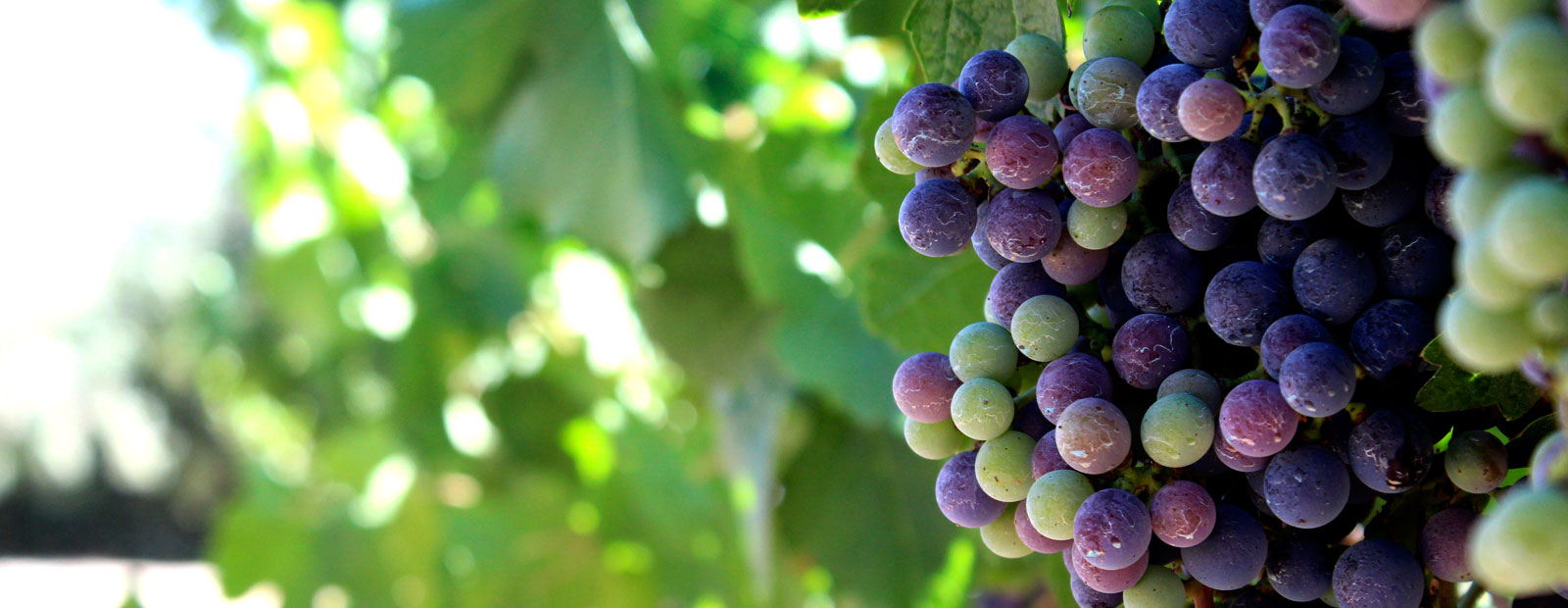
With horse rides in the north of Argentina, we can forget about the civilized world, going deep into nature in both mountains and valleys, with the trust placed in the temperament and character of our horse.
Would you like to be part of a group with an equestrian soul?
Join the Ampascachi Community. Obtain exclusive benefits for your holidays.
We tell you how to start, train and take care of your horse.
Interviews with direct providers of riding tours around the world.
Opinions of outstanding equine scientists and personalities in the equestrian sport world.
Villages with culture and history along the road
The roads we can travel along in the north of Argentina are visually rich and they also tell us a part of the national culture and history. We are talking about the prehispanic peoples who settled in this region as well as the ones that developed after the arrival of the Spanish colonization. These and other aspects had a great influence, and they still do, on what we know today.
The Inca Trail is something we can see up close during a ride. This World Heritage Site, which includes Bolivia, Peru, Chile, Ecuador and Colombia, too, allowed the Inca Empire to expand and leave in the north of our country some important legacies such as the Quechua language, the pottery, the use of bronze, copper and tin, cropping systems, among others.
But the Incas were not the only ones here. This region was also inhabited by other indigenous peoples like the Calchaqui, the Tafi and the Yokavil, best known as Dieguitas, whose traditions we can see today when visiting this place.
Cerrillos
Cerrillos is a little town that has become popular because of its coloured carnivals and its history. In this place, during the Independence War, an agreement was signed between the general Martín Miguel de Güemes and the general of the North Army, José Rodeau, through which Güemes, who was originally from Salta, was recognized as the governor of the province.
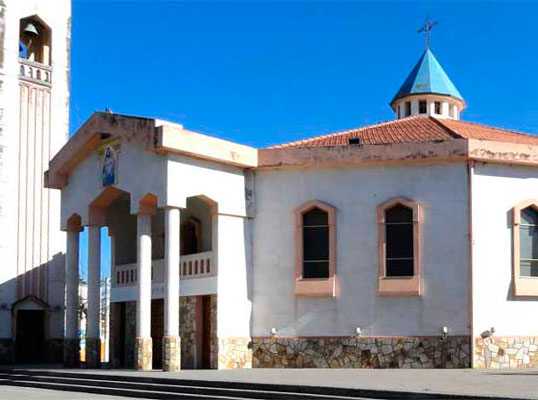
Cachi
In Cachi ancestral traditions are still alive. In that sense, we can now find extraordinary examples of loom knitting and pottery. In its narrow cobblestone streets there are some typical colonial houses,which are very common in the whole region. And in its museum, we will learn more about its history thanks to some important pieces of the indigenous culture.

San Carlos
Another must is San Carlos, the village nestled in the Calchaqui Valleys which has a rich legacy of culture and history. It is the oldest and best preserved village of the province of Salta. It is also known as the “The Village of the Five Names” because of its repeated and unsuccessful attempts to establish a settlement that guarantee the Spanish domination in the valley. The tough resistance of the Calchaqui Diaguitas was the main obstacle for the Spaniards.
San Carlos, a frozen-in-time village, was declared National Historic Place in 1942. Its location, beauty, land qualities and climatic benefits were the reason why, over 400 years ago, this placed was intended to become the capital of the province.

San Carlos invites you to rekindle past stories by the hand of its emblematic buildings, historic streets, archaeological sites and the skilled hands of its artisans, who know how to keep the ancestral techniques alive.
Amblayo
And since culture also includes gastronomy, we cannot forget about Amblayo, a little village located in the middle of the multi-coloured mountains, where we can find the most famous goat cheese of Salta.
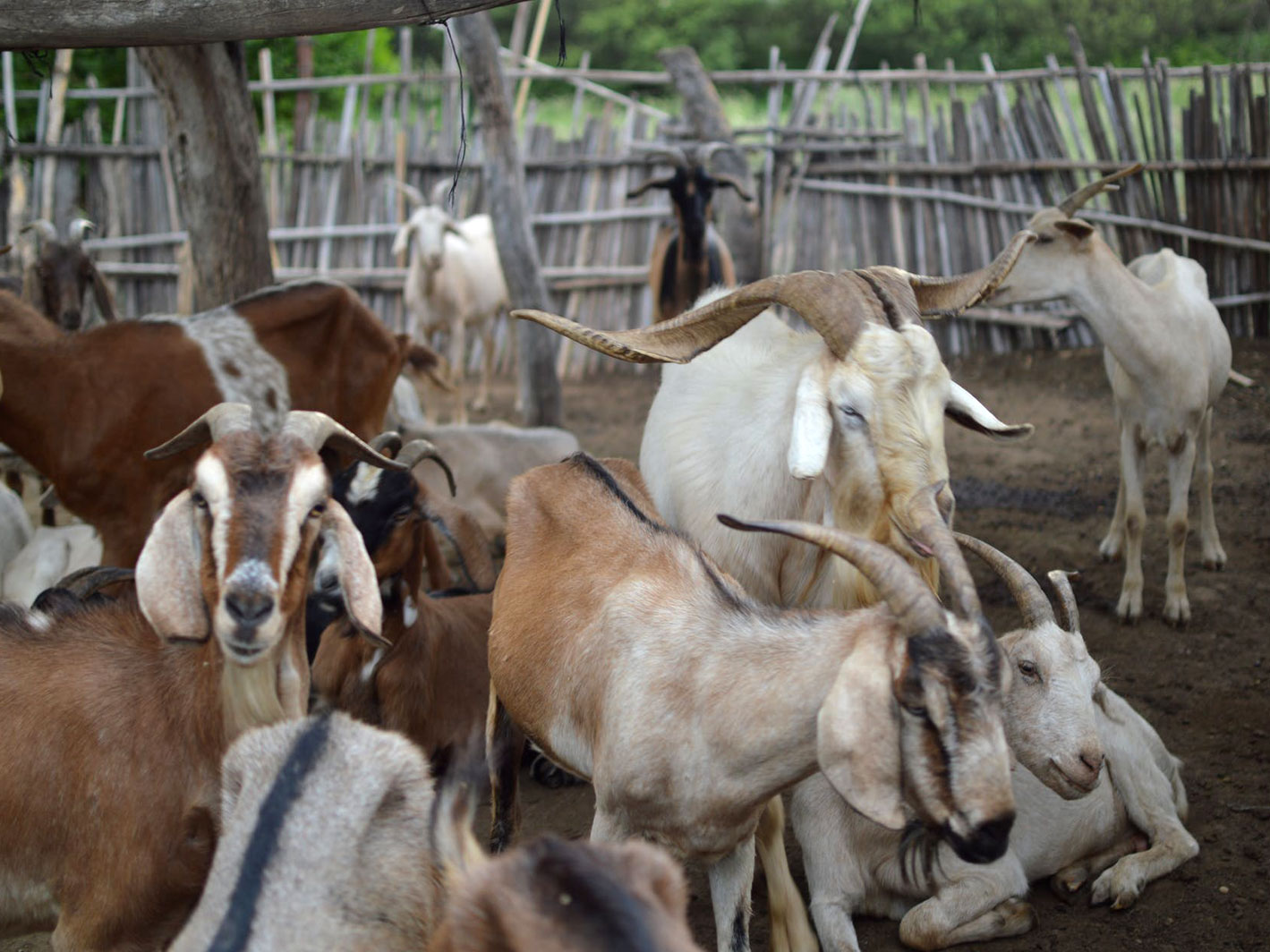
Goats

Goat cheese
Purmamarca and Tilcara in the Quebrada de Humahuaca
Purmamarca is a town in the province of Jujuy, in the north east of Argentina. It is located at the foot of an impressive multi-coloured mountain – the Hill of the Seven Colours.
In this place there are houses made of adobe and dirt roads. Most of its inhabitants sell handicrafts in the local fair, where you can find loom knitting, leather, jewellery, musical instruments, and the like.
In Purmamarca we can appreciate, in a particular way, the traditions of the original settlements. That is why it is a must in any equestrian itinerary.
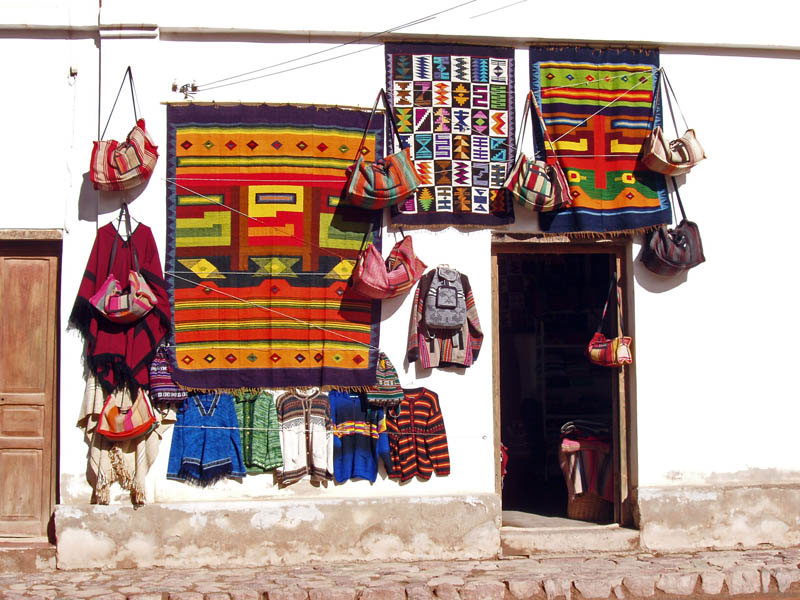
Street crafts - Jujuy

Pachamama Museum
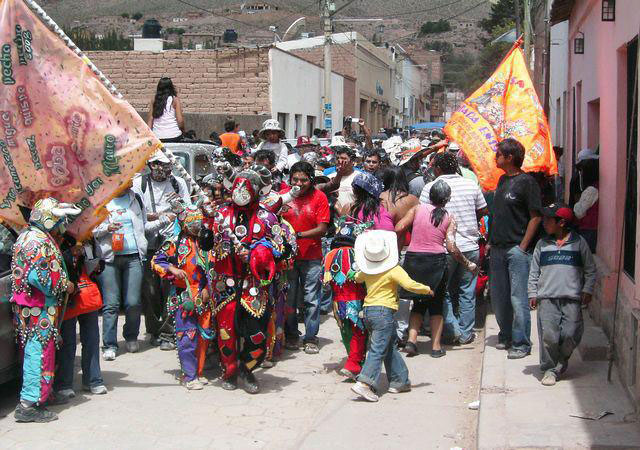
Carnival in Tilcara
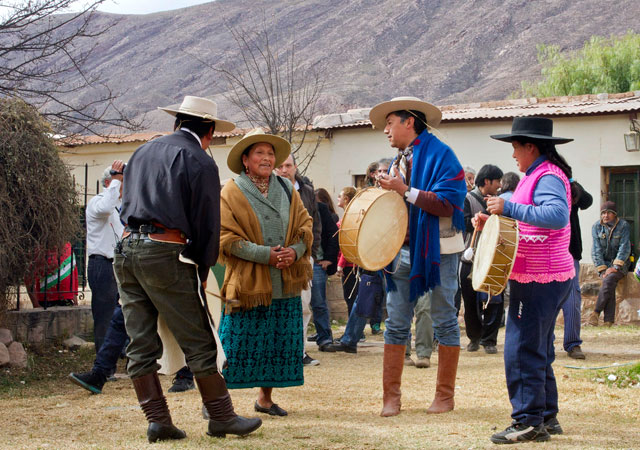
Musicians in Tilcara
Subscribe to the Ampascachi Community and obtain benefits and exclusive content. Furthermore, we offer free advice on horses and equestrian tourism.
Equestrian tourism and sustainability
Equestrian tourism has achieved great popularity among travellers who attempt to experience new ways to see the world. This tourist modality is associated with the principles of sustainable and responsible tourism, and with the search for authentic experiences and direct contact with nature.
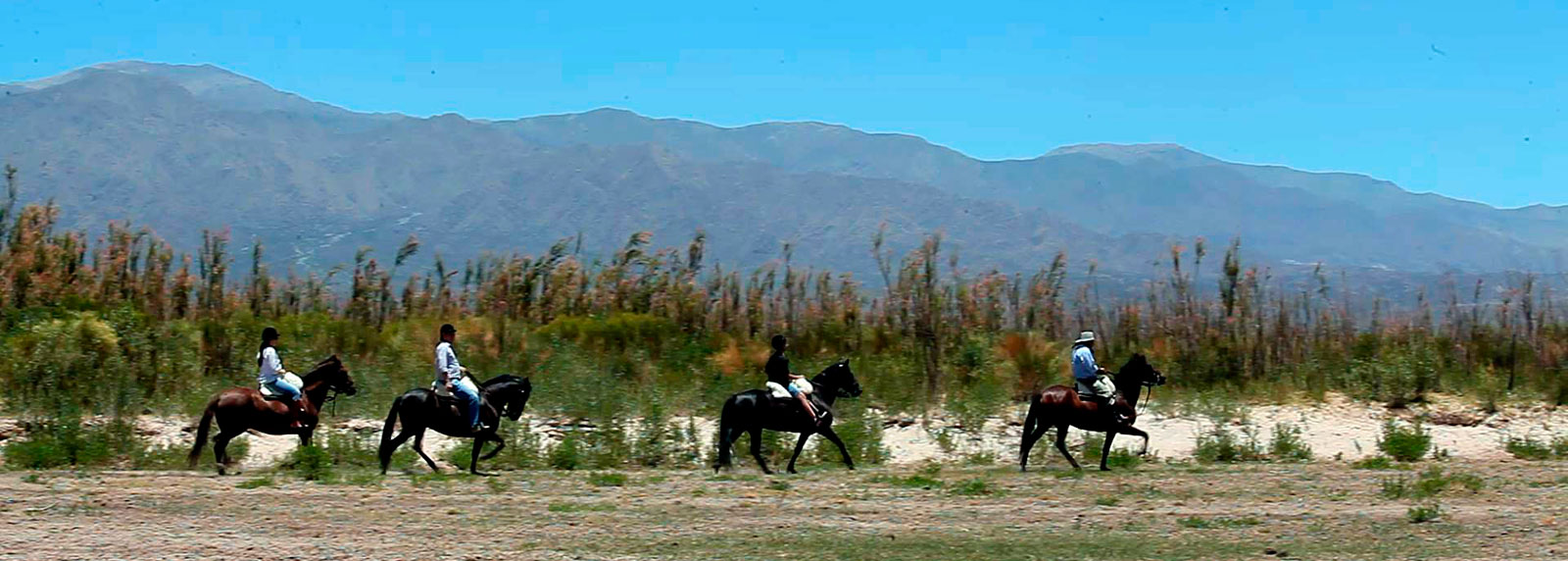
While riding, we can enjoy different aspects:
- You follow another rhythm: in this way, you can enjoy your trip with calm, leaving aside the rush of our routine and, sometimes stressing, everyday life.
- You get closer to nature: apart from being outdoors, you are also in direct contact with a beautiful animal.
- You get in touch with the culture of the place: you can come closer to what may call your attention or talk to locals easily.
- You can reach those remote corners: since horses are agile they can take you through small and unexplored places.
- It is an unforgettable experience: memories are related to emotions and, wow! Galloping is really emotional.
- Psychological benefits: relaxation, self-control of emotions, trust and self-esteem, among other things.
- Physical benefits: strengthening of the back, abdominals, gluteus and legs, balance and coordination improvement, etc.
Equestrian tourism is not only beneficial for those who practice it, but it is also a sustainable and environmentally-friendly activity. It also helps restore roads and trails, which allows for the development of rural areas.
Besides, it increases the tourist offer of the region where it takes place, thus it solves the problem of seasonality. It even creates a demand for local products and services, and in this way, the development of local undertakings is fostered.
It also represents an improvement in the local people’s culture and in the preservation of the cultural estate and the wild areas.
If you choose a horse riding holiday, you will be promoting local truism and economy, apart from enjoying nature.
Choose a responsible operator of equestrian tourism
One of the aspects that gives equestrian tourism an advantage is the fact that it can be practiced by anybody.
No matter what the rider’s age is – this is true of Ampascachi, which uses exclusively the Peruvian Paso Horse in its horse riding trails, and this horse has a very smooth ride and that allows for 80-year-old people to ride without inconvenience, provided they are in good health.

If you don’t know how to ride a horse, in Ampascachi we offer the following program: Learn How To Ride In Valley Of Traslasierra. This program has been particularly developed for beginners, who will learn to ride with us in order to do riding trails in their Estancia, located in the Traslasierra Valley in the province of Cordoba and no prior experience is required to enjoy the rides that are included.
Nevertheless, it is not as simple as getting on the horse and going wherever you want, since it requires a specialized organization, with previously identified routes, which need to be safe and reliable, and a specific equipment. Besides, it is necessary to plan the ride in advance, taking into account different stops so both riders and horses can rest, drink and eat.
In consequence, it is important to choose a reliable operator of horse riding holidays and routes. Someone who meets all these requirements and takes responsibility during the whole trip.
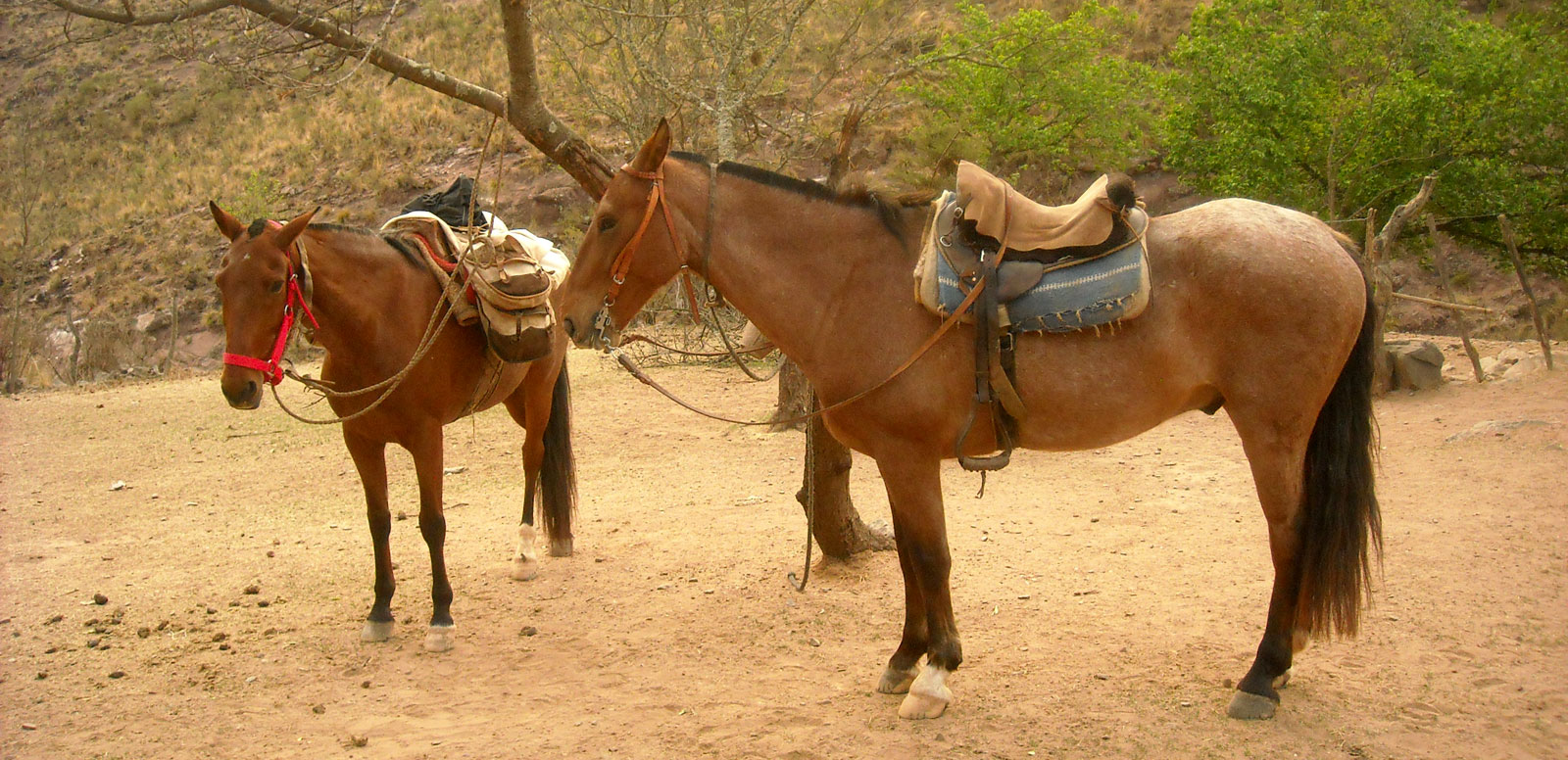
Do you like Argentina as your next horse riding holiday destination?
We encourage you to download the catalog of our horseback riding tours in Northern, Central and Western Argentina. Discover Argentina on the back of a Peruvian horse and with our team of equestrian tourism experts.
~
THIS COULD ALSO BE INTERESTING
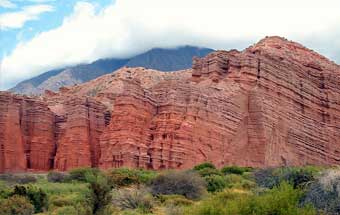
Be enchanted by the Calchaqui Valleys
Villages and small town like Seclantás, Molinos, Cachi and Cafayate are outstanding among the touristic places and beautiful corners that we visit during the riding tour through the Calchaqui Valleys.
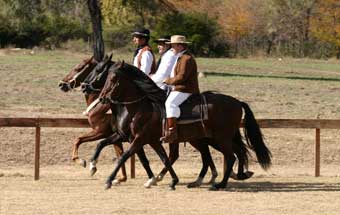
Gaited Horses: Horses with a "Special Gait"
The basic gaits of most horse breeds are the walk, the trot and the canter or gallop. But other breeds have a special ambling gait which is more comfortable to ride than the trot.

Horseback riding holidays on a Marwari horse in India"
Horseback riding in India is exciting, and even more so if you ride on the back of a Marwari horse, an intriguing, noble and brave breed with curved ears.
~
WHAT IS YOUR OPINION? LEAVE A COMMENT
Planning your horse riding holidays?
Join the Ampascachi Community. You will get exclusive advantages and guidance for your next horse riding holiday.


 German
German French
French Spanish
Spanish